Looking to replace wood windows in your home? This guide has everything you need. Learn how to assess your current windows, choose the best replacements, take accurate measurements, and install them properly. Whether you’re tackling the project yourself or hiring a pro, this article covers all essential steps.
Key Takeaways
-
Assess existing wooden windows for signs of damage or rot before deciding to repair or replace.
-
Choose between full frame replacement and pocket windows based on existing frame condition, budget, and aesthetic goals.
-
Accurate measurements and proper installation techniques are crucial for ensuring energy efficiency and long-lasting performance of new windows.
Understanding Your Existing Windows
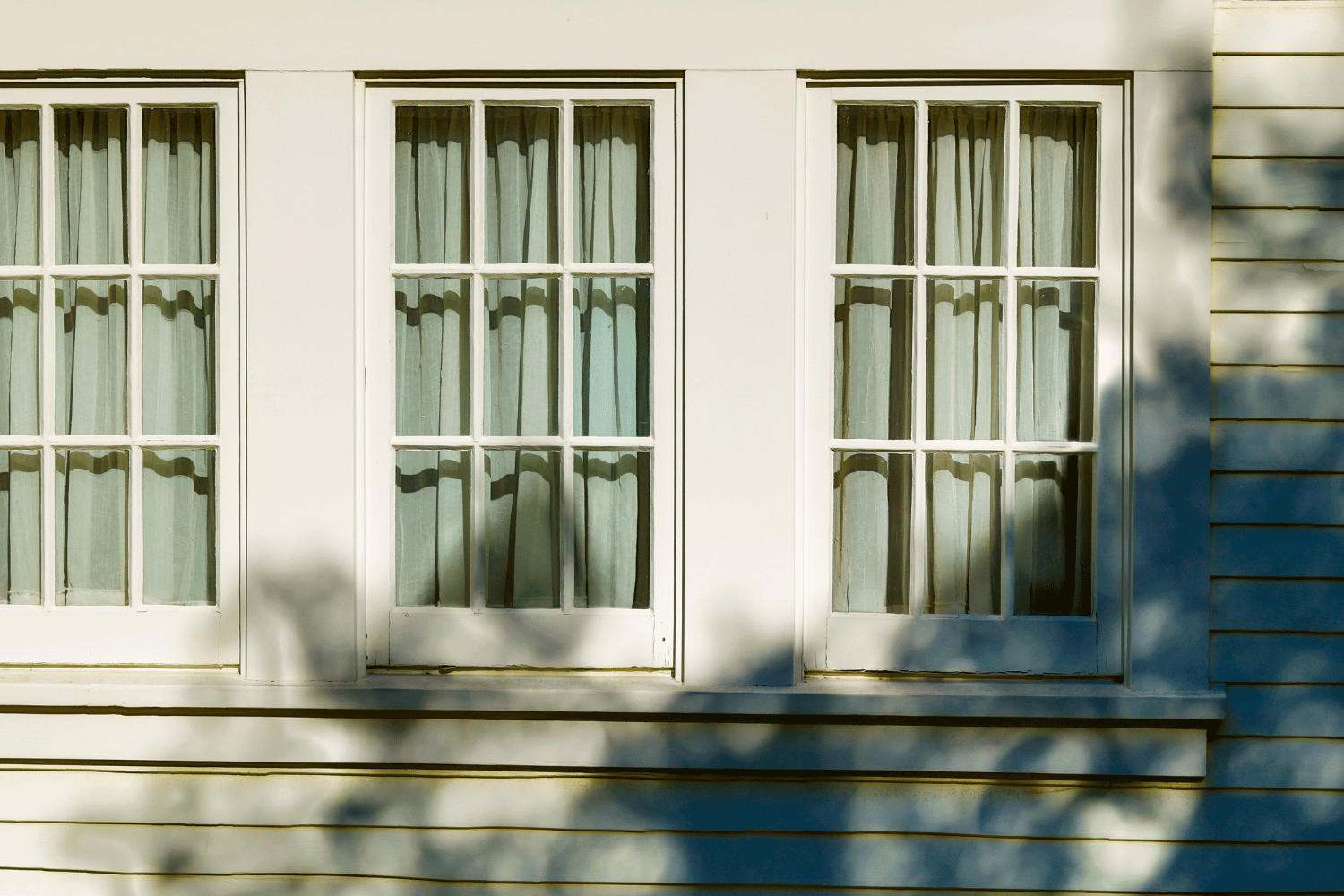
An illustration showing various types of existing wood windows and frames.
Before starting the replacement process, assess the condition of your existing windows. Wooden window frames, while charming and traditional, are prone to deterioration, especially when exposed to moisture. Signs of rot in wooden windows include softness when pressed, discoloration, and crumbling paint. Regular maintenance, such as repainting every seven years, protects these wood frame from further damage, and considering storm windows can also enhance their durability.
A thorough inspection of your old windows can reveal issues that need addressing before replacement. Check the window frames for any signs of damage or rot, and repair them if necessary. Sometimes, rotten frames can be treated with wood treatments or epoxy fillers if the damage isn’t extensive. These conditions will help you decide whether to repair or replace the entire window frame.
In addition to checking for rot, consider the overall condition of the window, including how well it fits in the frame and whether the hardware functions properly. Warping and cracking due to excessive moisture can also affect the performance of your windows. Consider these factors to make an informed decision about your window replacement project.
Choosing Replacement Windows
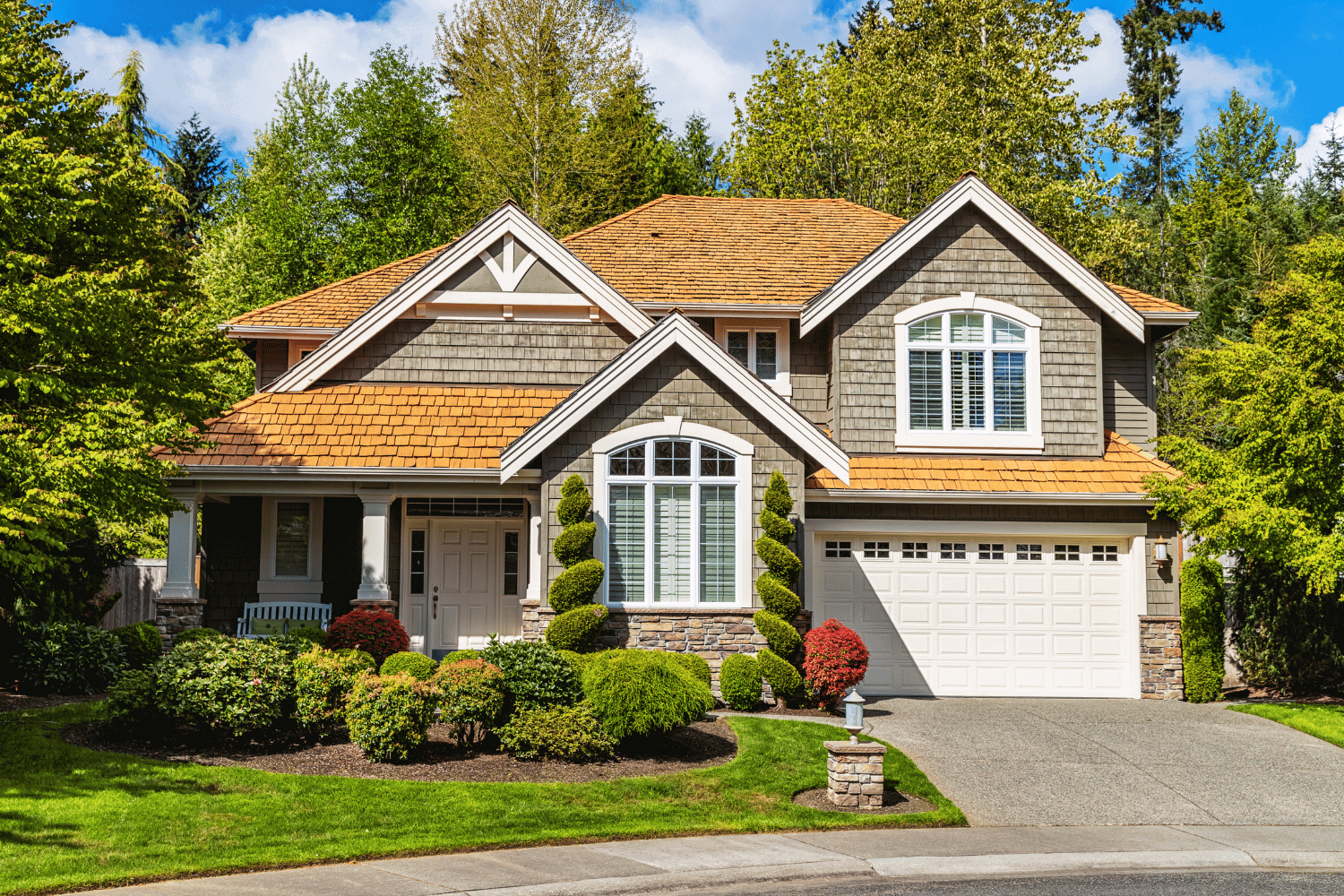
A cartoon illustrating the process of choosing replacement windows.
Selecting the appropriate type of replacement windows is a crucial step. Your options generally fall into two categories: full frame replacement windows and insert or pocket windows. The choice between these depends on various factors including the condition of your existing window frames, your budget, and the look you want to achieve.
Vinyl replacement windows are a popular choice due to their energy efficiency, affordability, and modern appearance. They offer significant benefits, including reduced maintenance requirements and costs. However, vinyl windows may not be considered environmentally friendly by some due to the chemicals used in their production. Fortunately, some manufacturers are now using recycled materials to mitigate this issue.
Full frame replacement windows involve removing the entire window and frame, which allows for a thorough inspection of hidden issues. This option is particularly beneficial if your existing frames are damaged or inefficient. On the other hand, pocket windows, also known as insert windows, retain the existing frame, making them a more cost-effective option while preserving the home’s aesthetics.
Consider your home type, climate, and maintenance preferences when deciding between these options. Full frame windows suit older homes with significant frame damage, whereas pocket windows offer a quick, less invasive solution for homes with intact frames.
Full Frame Replacement Windows
Full frame replacement windows provide the advantage of a complete overhaul. This method involves removing the entire window, including the frame, sash, and trim, which allows you to address any hidden issues such as moisture damage or poor insulation. It’s an excellent opportunity to ensure that the new windows will be installed in a sound, stable structure.
This replacement method is ideal when the existing frame is damaged or inefficient. It provides a fresh start, ensuring that the new windows will function optimally without the constraints of the old frame. While full frame replacements can be more expensive and labor-intensive, they often result in better long-term performance and energy efficiency.
Insert or Pocket Windows
Insert or pocket window offer a simpler and more cost-effective replacement option. This method retains the existing window frame, which can preserve the architectural integrity of your home while reducing labor and material costs. Pocket windows can be installed from either the interior or the exterior, offering flexibility in the installation process.
This option works best when existing frames are in good condition and you want to minimize disruption. Pocket windows fit into the existing frame, making the installation quicker and less invasive. However, it’s crucial to ensure that the existing frame is in excellent shape to avoid future issues related to drafts or moisture infiltration.
Measuring for Replacement Windows
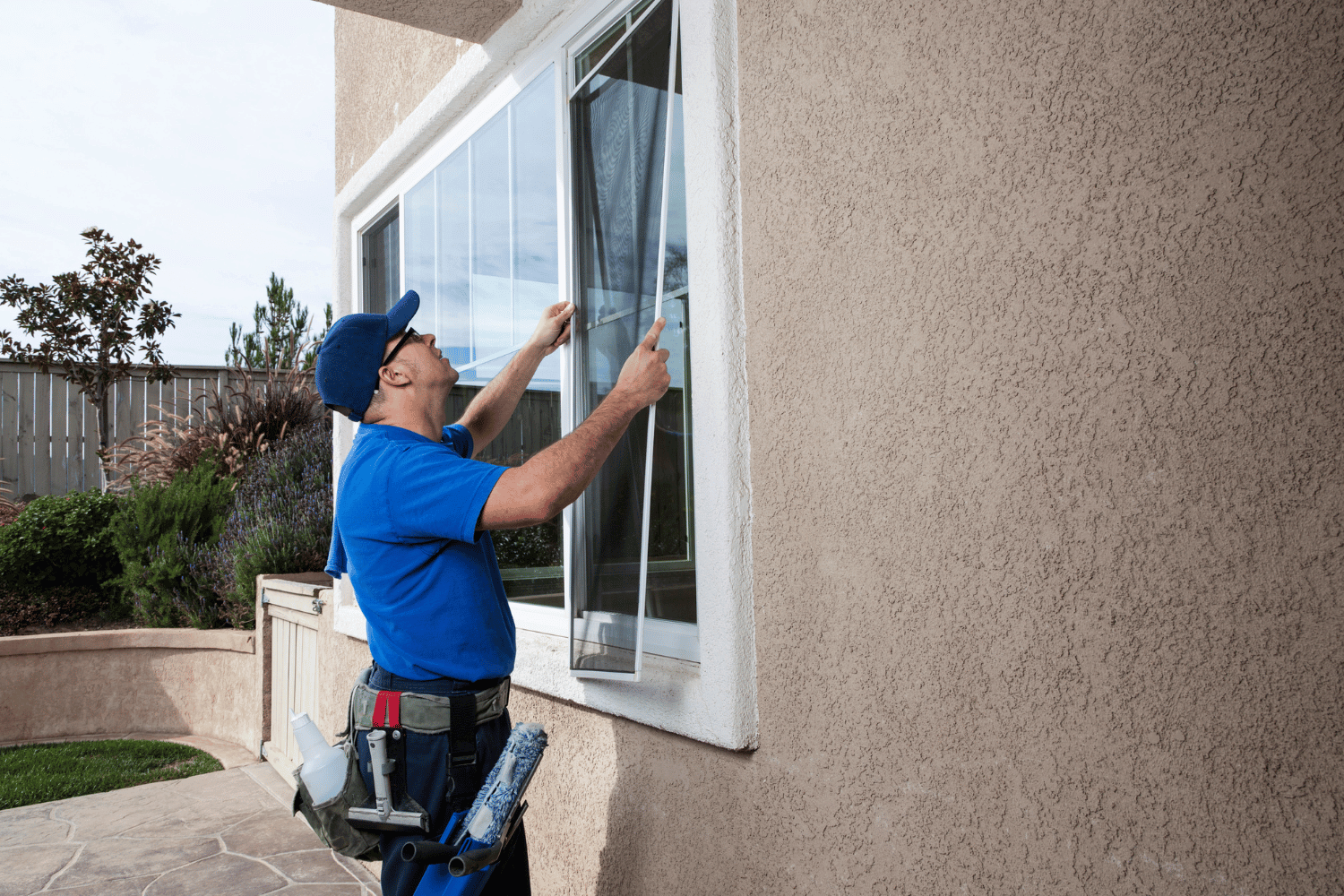
An illustration depicting the measurement process for replacement windows.
Accurate measurements are key to a successful window replacement project. Start by determining the width between the side jambs at the widest point. Measure at the top, middle, and bottom of the window, and use the smallest measurement as the official width. For height, measure from the head jamb to the bottom of the sill, recording the shortest of three measurements taken from the left, middle, and right.
Next, measure the depth of the jamb at its deepest section to ensure the new window fits appropriately. The depth measures from the back of the trim to the front and must be at least three and a quarter inches for many replacement windows. To check if the windows are square, measure diagonally from corner to corner and ensure the measurements are within a quarter inch of each other.
Final measurements should be rounded down to the nearest eighth of an inch for ordering replacement windows. Properly measuring the window opening ensures the new windows fit correctly and minimize air leaks. If standard sizes do not fit as per the recorded measurements, custom windows may be necessary.
Accurate measurements guarantee a snug fit and optimal performance for your new windows.
Removing Old Windows
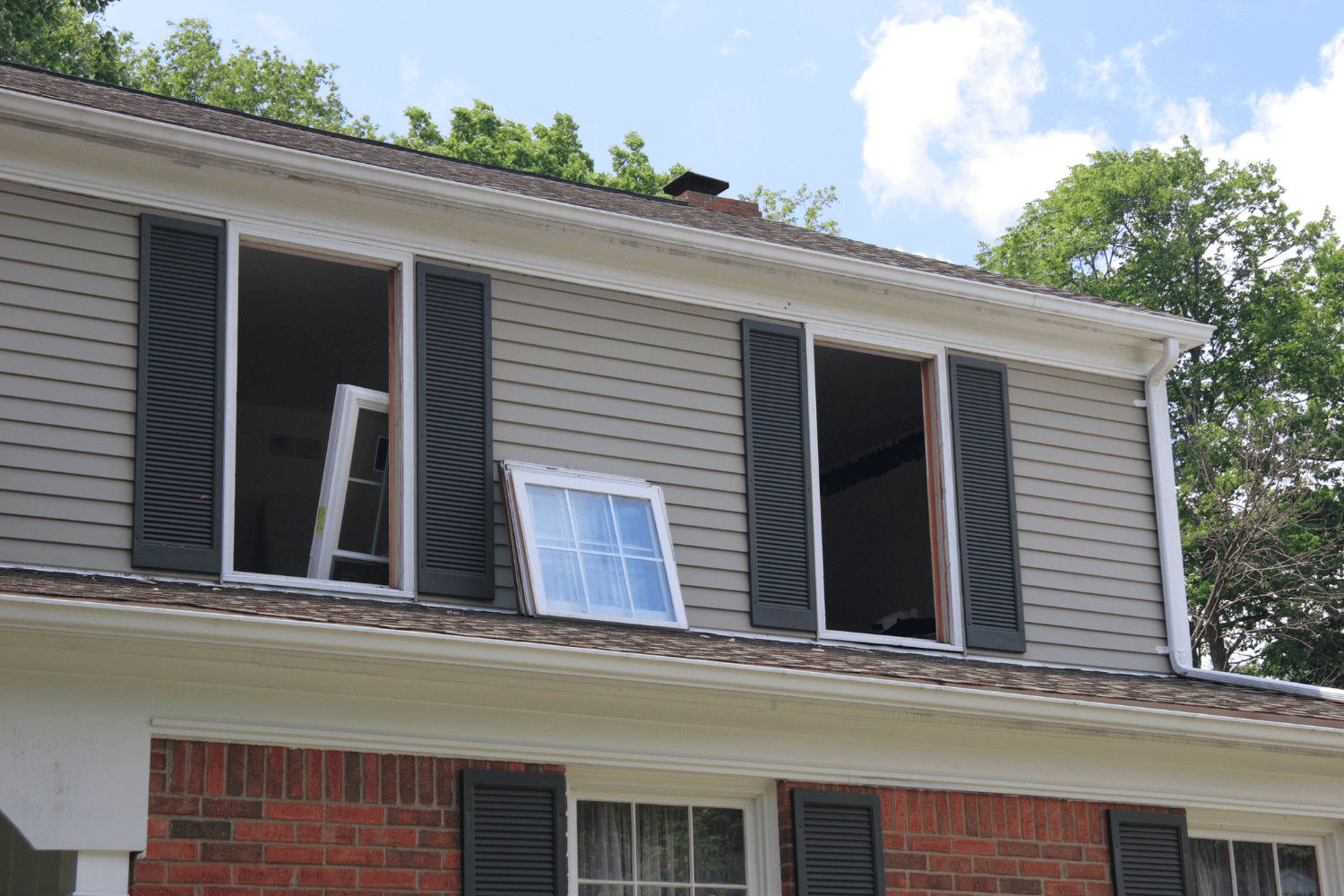
An illustration demonstrating the removal of old windows.
Careful planning and execution are required when removing old windows. Before starting, check for lead paint, especially in older homes, to ensure safety. Testing for lead paint can be done using a home lead test kit or by sending a paint sample to a certified lab. Protect sensitive individuals, such as children and pregnant women, from lead exposure during this process.
Wear appropriate protective gear, including coveralls and respirators, when handling lead paint. Remove any old putty with a putty knife before taking out the glass from a wooden window. The windowpane is held in place after removing the putty with glazier’s points. Use a glass scraper to clean the glass after removal, ensuring it doesn’t break. For best results, remove windows from the outside.
Additionally, remove loose or flaky paint before sanding the surface of a window when restoring it. These steps ensure a safe, clean removal process, paving the way for a successful new window installation.
Preparing the Window Opening
Preparing the window opening is essential before installing new windows. Full-frame replacements are recommended when the existing window frame has significant damage or inefficiencies. Complete removal of the existing frame in full-frame replacements helps identify and resolve underlying moisture or insulation problems.
Before installing new windows, clean the opening to remove dust and debris for a better seal. Use shims to ensure the window opening is level and square before proceeding with the installation of the new window. Measure the diagonals; if they are equal, the opening is square. Level the window opening to ensure the new window sits correctly and operates smoothly.
Apply a waterproof membrane around the rough opening to prevent water infiltration, layering strips for a secure seal. Ensure the rough opening is properly sized by measuring its width and height at several points, adjusting as necessary to fit the new window. These steps ensure a solid foundation for your new windows, promoting longevity and efficiency.
Installing New Windows
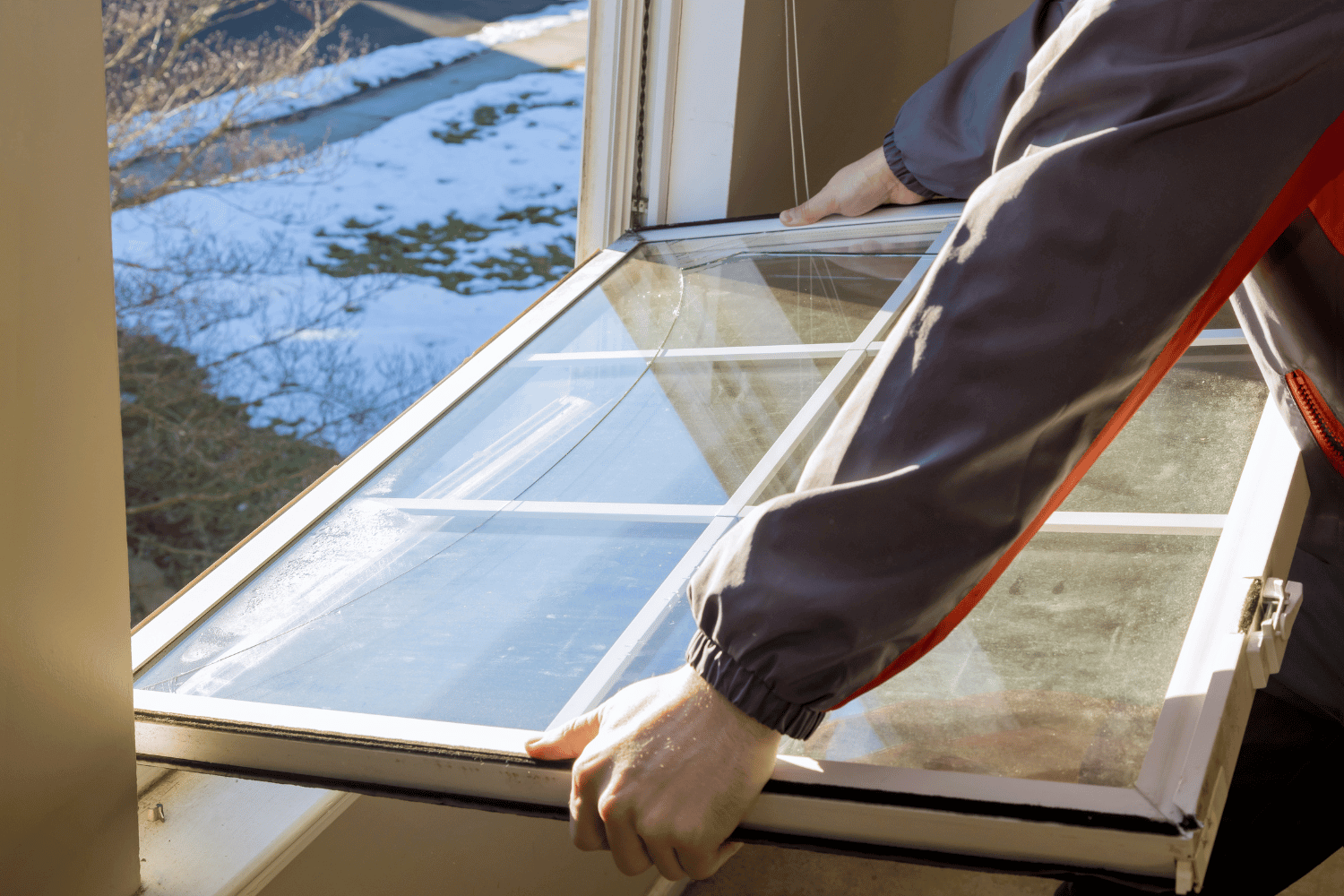
An illustration of the installation process for new windows.
Installing new windows involves placing the window within the frame for a snug fit. Ensure the window is level and plumb before securing it in place. An out-of-square frame can lead to leaks, drafts, or difficulty opening and closing the window. Use insulation and sealing materials to ensure a tight seal around the new window, promoting energy efficiency.
Proper installation involves securing the window to prevent any movement post-installation. Double-check that the window operates smoothly and that all components are correctly aligned. These steps are crucial to ensure your new windows perform optimally and provide the desired benefits.
Insulating and Sealing
Effective insulation and sealing maximize energy efficiency. Applying expanding foam around the edges of the window can enhance insulation and help prevent energy loss. Caulk should be used to seal any gaps or cracks around the window frame for optimal energy efficiency. Implementing proper insulation and sealing techniques can lead to significant energy savings.
Proper insulation and sealing improve energy efficiency and enhance overall home comfort. By ensuring there are no gaps or leaks, you can maintain a consistent indoor temperature and reduce your heating and cooling costs.
Finishing Touches
Final touches ensure a professional and polished look for your new windows. Using semi-gloss or high-gloss paint for wood window frames increases durability and ease of cleaning. For optimal protection, it’s recommended to apply at least three coats of paint on wooden windows. Regular maintenance, such as repainting and sealing, can extend their lifespan up to 30 years.
Properly installed interior and exterior trim enhances the appearance and provides additional protection around your new windows. These finishing touches not only improve the look of your windows but also ensure they remain functional and attractive for years to come.
Cost Considerations
Understanding the costs associated with window replacement is vital for budgeting your project. The average price for wooden windows ranges from $371 to $2,955, with an overall home replacement costing between $6,500 and $32,500. Wood windows can be significantly more expensive. In fact, they may cost up to twice as much as vinyl windows. Installation costs can add approximately $50 to the price of the window itself.
Factors affecting replacement window costs include material types, labor, and market availability. Custom window sizes can increase costs by 25% to 75% compared to standard sizes. Investing in professional installation can enhance a home’s resale value, with homeowners potentially recouping up to 73% of installation costs.
Professional vs. DIY Installation
Choosing between professional and DIY window installation significantly impacts costs, efficiency, and long-term satisfaction. Hiring professionals for measurements can be beneficial, especially for types of windows that require specific installation considerations. Homeowners can save significantly on costs by choosing DIY window installation, potentially reducing expenses by up to 50% compared to professional services.
DIY window installation allows homeowners to work at their own pace, accommodating personal schedules. However, improper installation can lead to issues such as leaks and reduced energy efficiency, sometimes requiring costly professional corrections. Completing a window installation can take significantly longer for DIYers, ranging from days to weeks, compared to a few hours for professionals.
Safety risks are heightened during DIY window installations, including falls and injuries from handling large glass panes without proper equipment. Unlike professional installations, DIY projects often void manufacturer warranties, leading to potential complications if issues arise post-installation. Complex window installations, such as those requiring adjustments to structural supports, typically necessitate professional expertise to ensure safety and integrity.
Summary
Replacing wood windows can dramatically improve the energy efficiency, appearance, and value of your home. By understanding your existing windows, choosing the right type of replacements, measuring accurately, and deciding whether to hire a professional or attempt a DIY installation, you can ensure a successful project.
Whether you opt for full frame replacements or pocket windows, the key is to follow the steps carefully and pay attention to details. Proper insulation and sealing, along with finishing touches, will ensure your new windows provide comfort and efficiency for years to come.
Frequently Asked Questions
How do I know if my wooden windows need replacing?
If you notice signs of rot, warping, or difficulty in operation, it’s time to consider replacing your wooden windows. Addressing these issues promptly can enhance your home’s energy efficiency and aesthetics.
What is the difference between full frame and pocket window replacements?
The key difference is that full frame replacements remove the entire window and its frame, providing a fresh install, while pocket window replacements use the existing frame, making them a more cost-effective and less invasive option.
How do I measure for replacement windows?
To ensure a proper fit for replacement windows, measure the width and height at several points, using the smallest measurements. Additionally, confirm the window depth and check for squareness by measuring diagonally across the opening.
What are the cost differences between wood and vinyl windows?
Wood windows can be significantly more expensive than vinyl windows, often costing up to twice as much, with prices ranging from $371 to $2,955 before installation. Choosing between them depends on your budget and aesthetic preferences.
Should I hire a professional or do a DIY installation?
Hiring a professional is advisable for proper installation and warranty protection, while DIY may save money but poses risks of errors and potential warranty issues.

